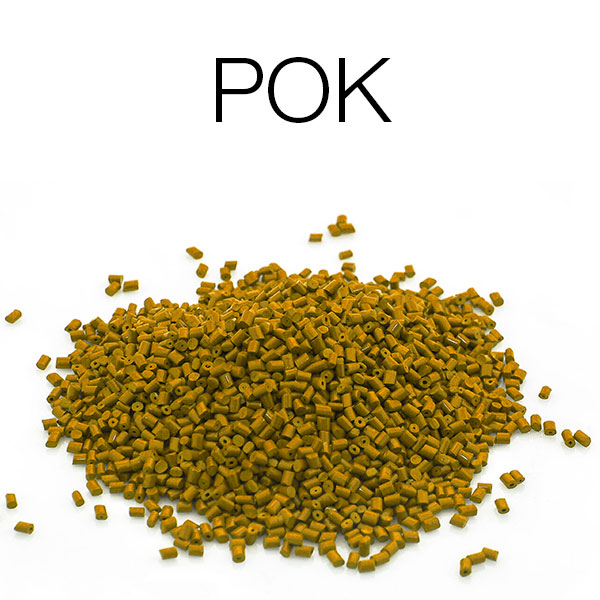Thermoplastic polyetherester elastomer (TPEE) is a linear block co-polymer made out of dicarboxylic acid derivatives, long-chain diols (molecular weight, 600 to 6000), and a mixture of diols with low-molecular weight. TPEE is produced through a melting transesterification process.
Characteristic features:
TPEE has all the properties of vulcanized rubber grades, especially compression resistance at room temperature and lower temperatures. When compared to rubber, it is easier to process and has a longer service life. TPEE has a wide hardness range, high structural performance, flexibility, impact resistance, easy processability, good melt flowability, melt state stability, low shrinkage, and quick crystallization.
Applications:
TPEE is ideal for parts and fibers that need excellent bending fatigue properties and a large operational temperature range. It has high cut & tear propagation, creep strain, and friction resistance.


